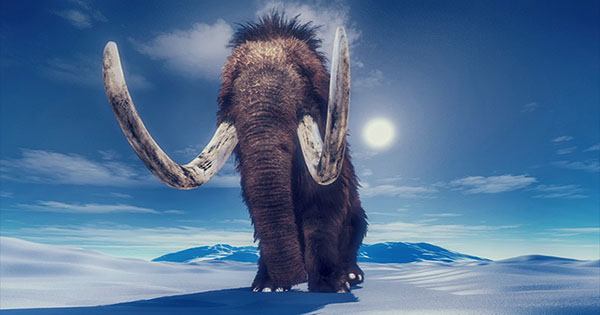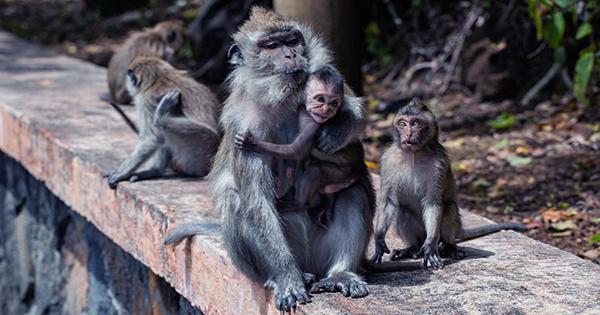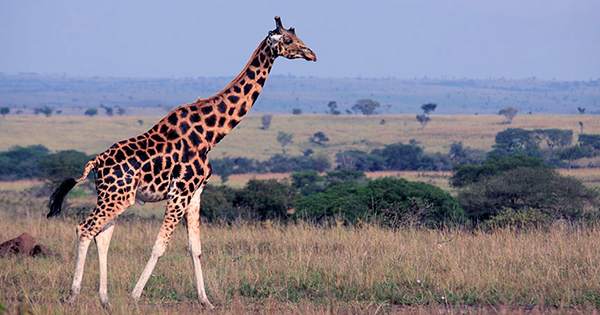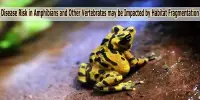We may now find a solution to the riddle of how the mammoth died out. Human overhunting, according to the findings of a 10-year study project published this week, did not cause its extinction 4,000 years ago. The culprit appears to be the rate at which the temperature changed: it was too quick for these woolly elephant cousins to adapt. The researchers investigated DNA samples from ancient plant and mammal populations found in 535 permafrost and lake sediment sites across the Arctic, according to a study published in the journal Nature. These date back 50,000 years and provide remarkable insight into how the region’s ecosystem has altered.
Mammoths inhabited the Earth for 5 million years, surviving numerous ice ages, but the most recent one proved too much for them. They coexisted with contemporary people for 30,000 years, and our ancestors hunted them for flesh, bone, tusks, and fur. However, according to the experts, the climate ultimately killed them.
“The most recent Ice Age known as the Pleistocene, ended 12,000 years ago when glaciers began to melt and mammoth herds’ traveling range shrank. Mammoths were thought to have gone extinct at that time but researchers discovered they survived far longer than scientists thought surviving beyond the Ice Age in various parts of the Arctic and into the Holocene the period in which we now live — far longer than previously thought,” said lead author Dr Yucheng Wang of the University of Cambridge in a statement.
“We zeroed in on the fine details of environmental DNA and mapped out the population spread of these creatures, showing how it is shrinking and shrinking and their genetic variety is shrinking as well, making it even more difficult for them to live.” According to the statistics, climate change resulted in a change in precipitation, resulting in the construction of lakes, rivers, and marshes. The vegetation in the area changed, making it difficult for the mammoths to locate food. Humans had no effect on them, according to the new model.
“What we’ve finally been able to show is that it wasn’t just climate change that the issue; it was the speed of it that was the final nail in the coffin — they weren’t able to adapt quickly enough when the landscape dramatically changed and their food became scarce,” said senior author Professor Eske Willerslev, also of the University of Cambridge. “As the climate warmed, forests and wetlands supplanted the mammoth’s grassland habitats.” Humans have wiped out many species on our planet, and this trend does not look to be slowing down, yet it appears that the woolly mammoth’s demise was not due to humankind.
















